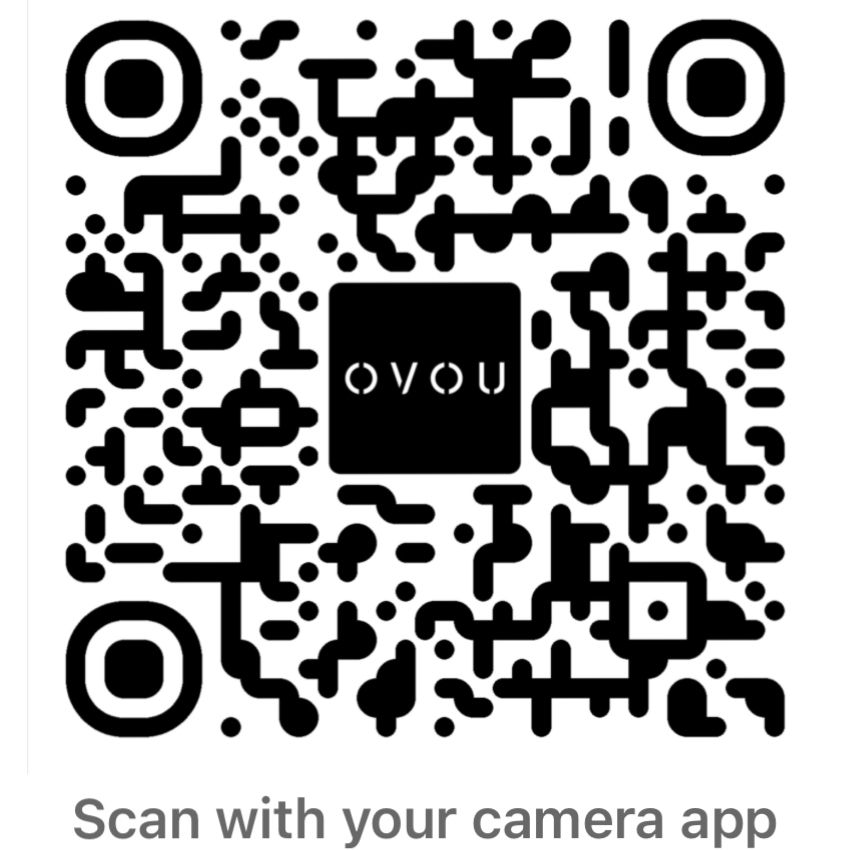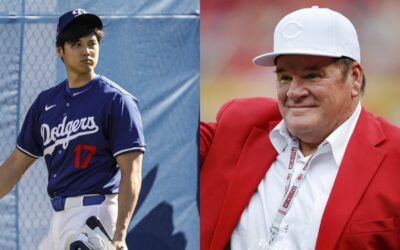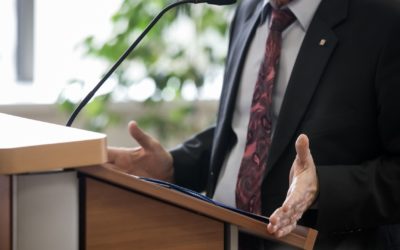#145 © Copyright 2009, all rights reserved worldwide. Gambling and the Law® is a registered trademark of Professor I. Nelson Rose, www.GamblingAndTheLaw.com
One of the biggest fights in the often strange world of legal gaming is — What is bingo?
This has been fought in courts for more than a decade. One case almost made it to the U.S. Supreme Court. But then-Chief Justice Rehnquist refused to hear the appeal, because he did not want to become the butt of jokes on late-night talk shows.
But bingo is no laughing matter. At least as many people play bingo as play poker. And bingo halls make money. Leading industry analyst Eugene Martin Christiansen estimates the nation’s commercial, charity and tribal bingo games have gross revenues of more than $3.5 billion a year.
Nobody has much trouble, any more, with paper bingo played with ink daubers or paper pull-tabs sold by hand. These are clearly Class II games under the Indian Gaming Regulatory Act.
Tribes can set up Class II games without having to ask permission from the state in which the bingo hall is located. Class III gaming requires a formal tribal-state compact.
The problem is electronics. With computers and video screens, bingo can be played on a gaming device that is as easy to play as a slot machine, and as much fun.
For the past five years, National Indian Gaming Commission Chairman Phil Hogen has been trying to get a bright line drawn in the law between what is a Class II bingo or pull-tab device and what is a Class II lottery or slot machine. His efforts have not been greeted warmly by tribes, manufacturers or players.
According to Indian Country Today, at a Senate Committee on Indian Affairs hearing on April 17, 2008, Hogen responded to a question, “Senator, I’m going home sometime soon. I’m going back to the Black Hills. When you hear that ‘hurrah’ out in Indian country, you’ll know that happened. But the thing is, I gotta get this done . . . so that the industry, the manufacturers, the tribes, the states can know what’s going on.”
Why the deadline for bingo regulations should be tied to Hogen’s retirement date is not clear.
But, more importantly, who exactly does not know “what’s going on”?
The current regulations and court decisions are not difficult to understand. I have worked with bingo played both on and off Indian land, and no one seems terribly confused. Manufacturers and operators of linked bingo devices and paper pull-tab dispensing machines with video screens understand when I suggest modifications to keep their games within the law. I have given a number of Legal Opinions to tribes and tribal suppliers that a gaming device is Class II and not Class III, and to commercial and charity bingo operators that a gaming device is bingo and not a slot machine.
While everyone inside bingo is in favor of the current situation, state governments, the federal Department of Justice and direct competitors, including casinos, want the law not clarified, but changed. I recently filed an amicus brief with the Alabama Supreme Court, because the Governor thinks all bingo should be played with paper cards and ink daubers.
Their problem is that the law of bingo today has more to do with how the game was played in the 1980s than the 1930s (when, by the way, they did not use ink daubers).
For hundreds of years, bingo and its predecessors, lotto and tombola, were played with hard paper cards and markers. When bingo was brought over to the U.S. in the 1920s and Americanized — changed from a three by nine card into the familiar five by five — players often covered their numbers with beans. In fact, entrepreneur Edwin Lowe, who is credited with inventing the modern version, called his game “Beano,” which is still the accepted name in Massachusetts. An apocryphal story says the name was changed when an overeager winner tried to call out, “Beano!” and blurted out, “Bingo!”
In the 1980s, hard paper cards and loose markers gave way to preprinted sheets of paper, “flimsies,” and large ink daubers. Players could daub quickly, without having to worry about knocking beans all over the table. The game got faster and faster, leading to “speed” or “quicky” bingo, in which the caller calls the numbers as fast as he can. Other fast games included “instant bingo,” in its many variations, and U-Pick ‘Em, where players could choose their own numbers on three by three bingo cards.
Every bingo card on flimsies had a serial number. Simple computers allowed operators to know instantly if a claimed “Bingo!” was a winner.
Those same computers allowed players to play the game directly on a video screen or hand-held device.
At the time IGRA was being considered by Congress and signed into law in 1987 and 1988, bingo was being played on competing electronic devices. These included the Bingo-Master, ElectroBingo, Easy Bingo/Bingo Brain, Cadillac Bingo, Diamond Bingo, Starship Bingo, and Bingo Card Minder, which played simultaneously dozens of bingo cards held in the machines’ memory; MegaBingo, a large-prize bingo game played in multiple locations through the use of computers, satellites and telephone lines; automated paper pull-tab dispensing machines; and Lightning Bingo, which was a bingo game played on linked electronic devices.
It was the intent of Congress to keep these games legal. I know, because I drafted language that was incorporated into the legislative history of IGRA. This was for clients who wanted to make sure they could stay in business.
Hogen’s proposed regulations would change the law. Here are some examples:
Bingo cards would have to be displayed. Bingo cardminders never displayed all of the cards being played.
Bingo could only be played with exactly 75 numbers. Bingo is sometimes played with 90 number and with patterns such “jail bars” where only the Bs, Ns and Os are used.
Variants of bingo cannot have pre-covered numbers. No Free Space?
Players have to wait at least two seconds for the game to begin, unless there are six players entered. Games and devices were invented in the 1980s to speed up the play of the game, not slow it down.
And my favorite: If all the players leave before the game is over, the game is declared void and wagers are returned to the players. How exactly is the operator supposed to return wagers to players who have left the game?
On June 5, 2008, Hogen and the NIGC gave up the fight, at least temporarily, to impose these new regs on tribes and manufacturers. The federal regulators were hurt by their own estimates, that tribes would lose thousands of jobs and up to $2.8 billion a year in revenue, and by reports by me and other gaming experts on what constitutes the game of bingo.
But, in a sign that bad ideas never die, Hogen sent a letter to a tribe in Alaska telling them that they could not install 30 proposed bingo machines. Considering there are currently 50,924 Class II machines out there, Hogen will be writing a lot of letters before his term expires.
END
© Copyright 2009. Professor I. Nelson Rose is recognized as one of the world’s leading authorities on gambling law and is a consultant and expert witness for governments and industry. His latest books, Internet Gaming Law and Gaming Law: Cases and Materials, are available through his website, www.GamblingAndTheLaw.com.





0 Comments